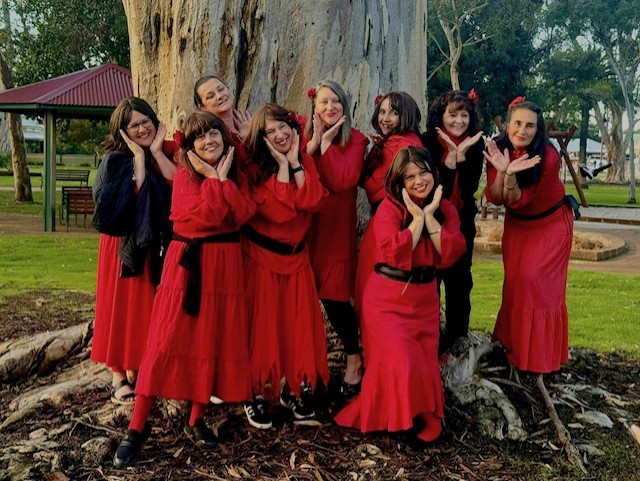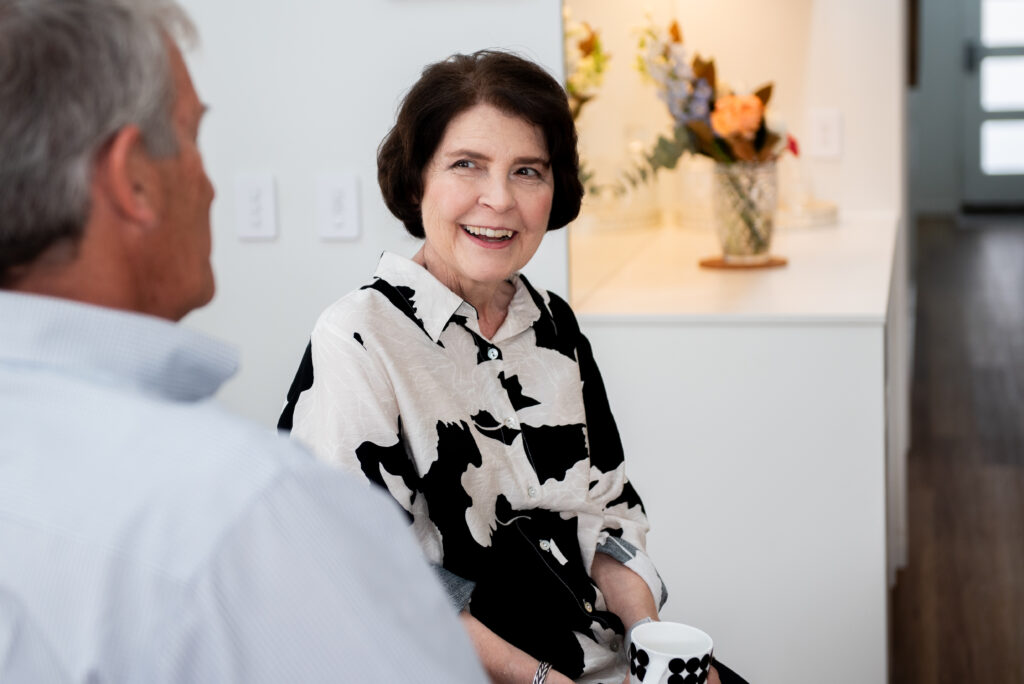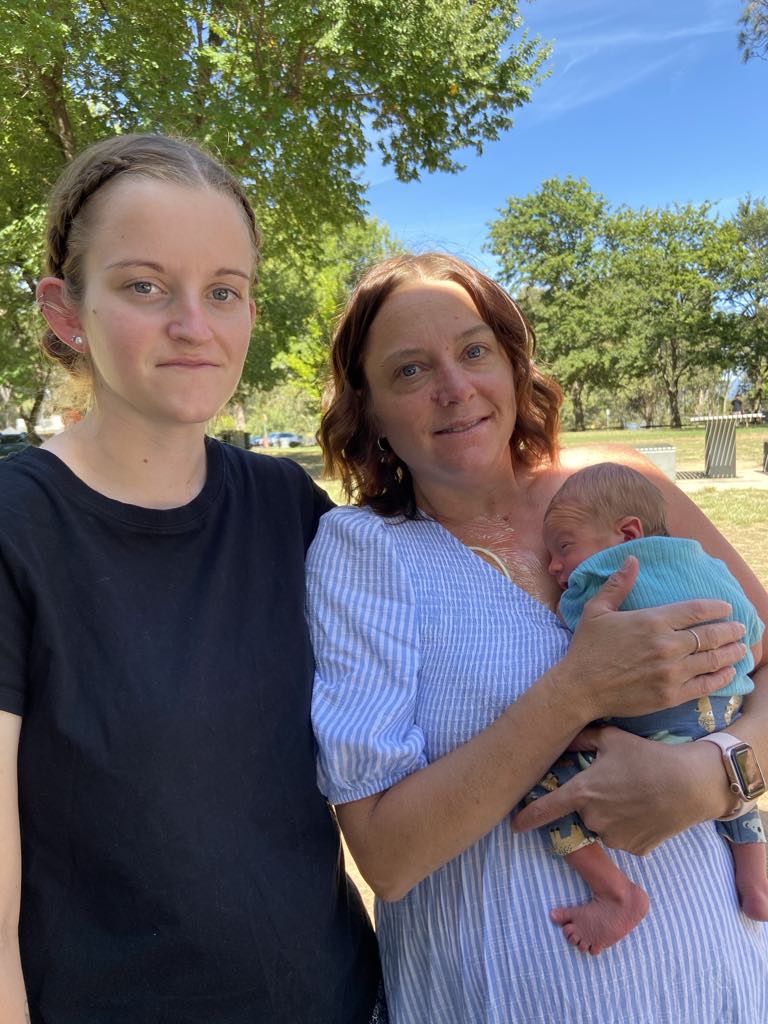Living with a lung condition doesn’t mean you have to forgo exercising in summer. Research has shown that exercising is highly beneficial for people living with a chronic lung condition. Additionally, it is an important part of helping to maintain general health and wellbeing. Exercise can also reduce symptoms such as breathlessness. However, with summer well and truly here, you’re more at risk of the heat affecting you.
Lung Foundation Australia has composed some useful tips to look after yourself during the heat and help you exercise in summer. Read on:
Stay hydrated
Drink plenty of fluids during the summer days. This is particularly important when exercising. Summer is the perfect time to make water your new best friend.
Drinks with caffeine such as coffee, soft drinks or tea make you more dehydrated. This is the same for drinks with a lot of sugar. Additionally, avoid alcohol as it increases urination and excess loss of fluids.
Join a class
Lungs in Action community exercise classes are designed to help people living with a lung condition. Located in various parts of Australia, the classes are led by exercise health professionals, are tailored for people with a respiratory or heart condition and offer guidance to help you maintain the benefits of pulmonary or cardiac rehabilitation.
Use a hand-held fan
When the hot weather increases, one of the most common challenges faced for people living with a lung disease is breathlessness. And while exercise remains important, using a hand-held fan helps to control breathing and reduce symptoms.
You can use the fan as often and for as long as you like. And because they are small, they are helpful when going outside in the heat to take with you. They are particularly useful when needing a ‘breather’ from your summer workout activities. Order yours via our online shop.
Sunscreen sunscreen sunscreen
Avoid the burn before it occurs. Use waterproof sunscreen when working out, to avoid it coming off when you sweat. Always use a sunscreen with SPF 50. Make sure to reapply every two hours. Sunburn decreases your ability to cool itself, which may exacerbate feelings of breathlessness.
Take a cool shower
Before even starting your workout, take a cool shower. Afterwards, avoid blow drying your hair and use the wet hair to help keep you cool through your workout.
Work with your healthcare team
Working with your healthcare team ensures you receive the most from exercising in summer. They can assist to adjust your routine in the heat. Or they can refer you to an exercise health professional who can develop a tailored at-home program.
Your healthcare team can also advise of useful tips to working out at home during the summer months. They will also be able to gradually increase the length of your workouts, based on your specific lung health and exercise progression.
Stretch
Stretching is a great way to improve mobility. It also aids a workout before and after, especially in the heat. And you can do this in the comfort of an air-conditioned venue. A great way to ensure your lung health while exercising in summer.
Avoid the hottest times of the day
Avoid exercising in the summertime during the hottest times of the day. Aim to complete your exercises in the early morning or late afternoon.
Working out first thing in the morning can also help to stay energised throughout the day. Additionally, it helps with a good night’s sleep.
Listen to your body
When completing your exercises, it’s important to listen to your body. Be aware of your body’s limitations. If you start experiencing symptoms of tiredness, nausea or breathlessness, take a break. It is better to take some time off to cool down from the heat, than getting sick or injured.
If the summer heat is too much for you, consider breaking your workouts into smaller chunks, multiple times throughout the day. As a result, your body will rest and refuel, without jeopardising your goals.
Take precautions
It is recommended that you do not exercise if temperatures exceed 36 degrees Celsius. Additionally, be careful when high temperatures are accompanied by a relative humidity above 30%. In these cases, exercise outside is not recommended. Hot and humid conditions can affect circulation, which makes breathing more difficult. This can also result in chest pain.
Warning signs that you should stop exercising and seek medical advice can include:
- Dizziness or feeling faint
- Excessive wheezing or extreme shortness of breath
- Pain
- Coughing up blood
- Blurred vision
- Nausea
- Racing heart
- Tight chest
- Leg ache (calf)
- Any other symptoms that cause concern.
Regular exercise can bring additional challenges when living with a lung condition. However, the benefits to your physical and emotional/social health can outweigh the difficulties. Developing an exercise routine with your healthcare team for exercising safely in summer, can become one of the most important tools to manage your condition.
Lungs in Action is a community exercise maintenance program. Run by exercise professionals, the program helps to maintain the health and wellbeing benefits achieved by participating in pulmonary or cardiac rehabilitation.
Was this page helpful?
Good job! Please give your positive feedback
How could we improve this post? Please Help us.



